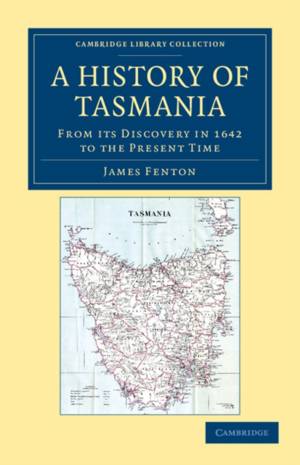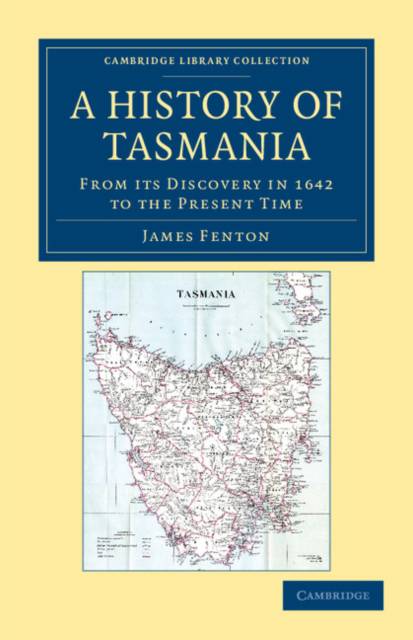
Je cadeautjes zeker op tijd in huis hebben voor de feestdagen? Kom langs in onze winkels en vind het perfecte geschenk!
- Afhalen na 1 uur in een winkel met voorraad
- Gratis thuislevering in België vanaf € 30
- Ruim aanbod met 7 miljoen producten
Je cadeautjes zeker op tijd in huis hebben voor de feestdagen? Kom langs in onze winkels en vind het perfecte geschenk!
- Afhalen na 1 uur in een winkel met voorraad
- Gratis thuislevering in België vanaf € 30
- Ruim aanbod met 7 miljoen producten
Zoeken
€ 106,45
+ 212 punten
Uitvoering
Omschrijving
James Fenton (1820-1901) was born in Ireland and emigrated to Tasmania (then known as Van Diemen's Land) with his family in 1833. He became a pioneer settler in an area on the Forth River and published this history of the island in 1884. The book begins with the discovery of the island in 1642 and concludes with the deaths of some significant public figures in the colony in 1884. The establishment of the colony on the island, and the involvement of convicts in its building, is documented. A chapter on the native aborigines gives a fascinating insight into the attitudes of the colonising people, and a detailed account of the removal of the native Tasmanians to Flinders Island, in an effort to separate them from the colonists. The book also contains portraits of some aboriginal people, as well as a glossary of their language.
Specificaties
Betrokkenen
- Auteur(s):
- Uitgeverij:
Inhoud
- Aantal bladzijden:
- 494
- Taal:
- Engels
- Reeks:
Eigenschappen
- Productcode (EAN):
- 9781108039192
- Verschijningsdatum:
- 8/11/2011
- Uitvoering:
- Paperback
- Formaat:
- Trade paperback (VS)
- Afmetingen:
- 140 mm x 216 mm
- Gewicht:
- 621 g

Alleen bij Standaard Boekhandel
+ 212 punten op je klantenkaart van Standaard Boekhandel
Beoordelingen
We publiceren alleen reviews die voldoen aan de voorwaarden voor reviews. Bekijk onze voorwaarden voor reviews.









